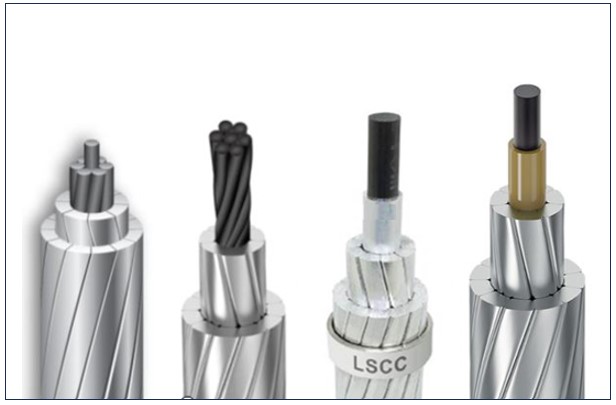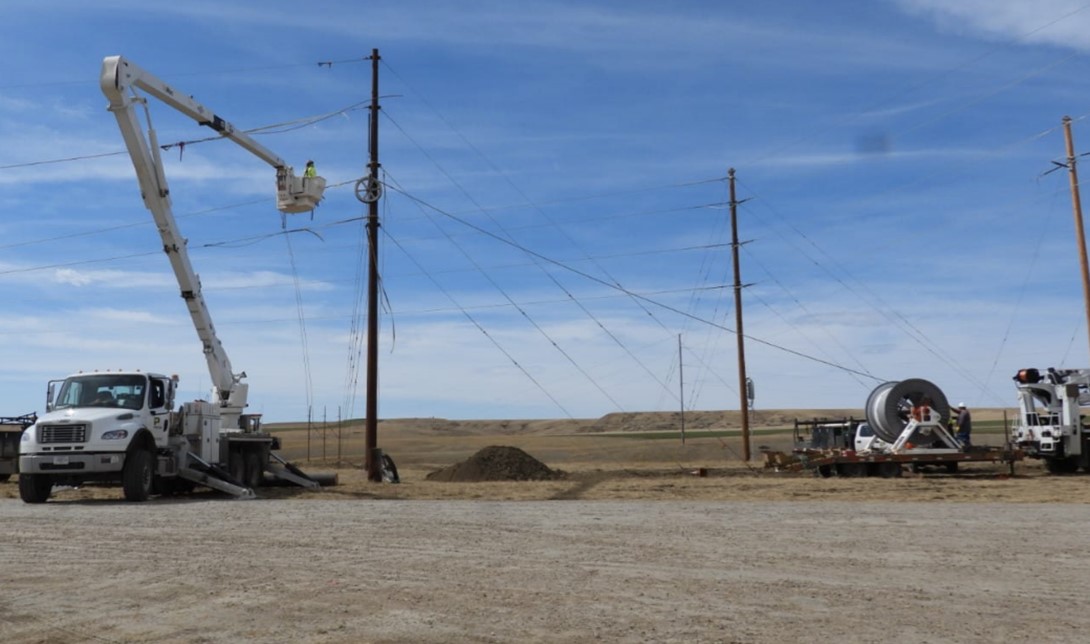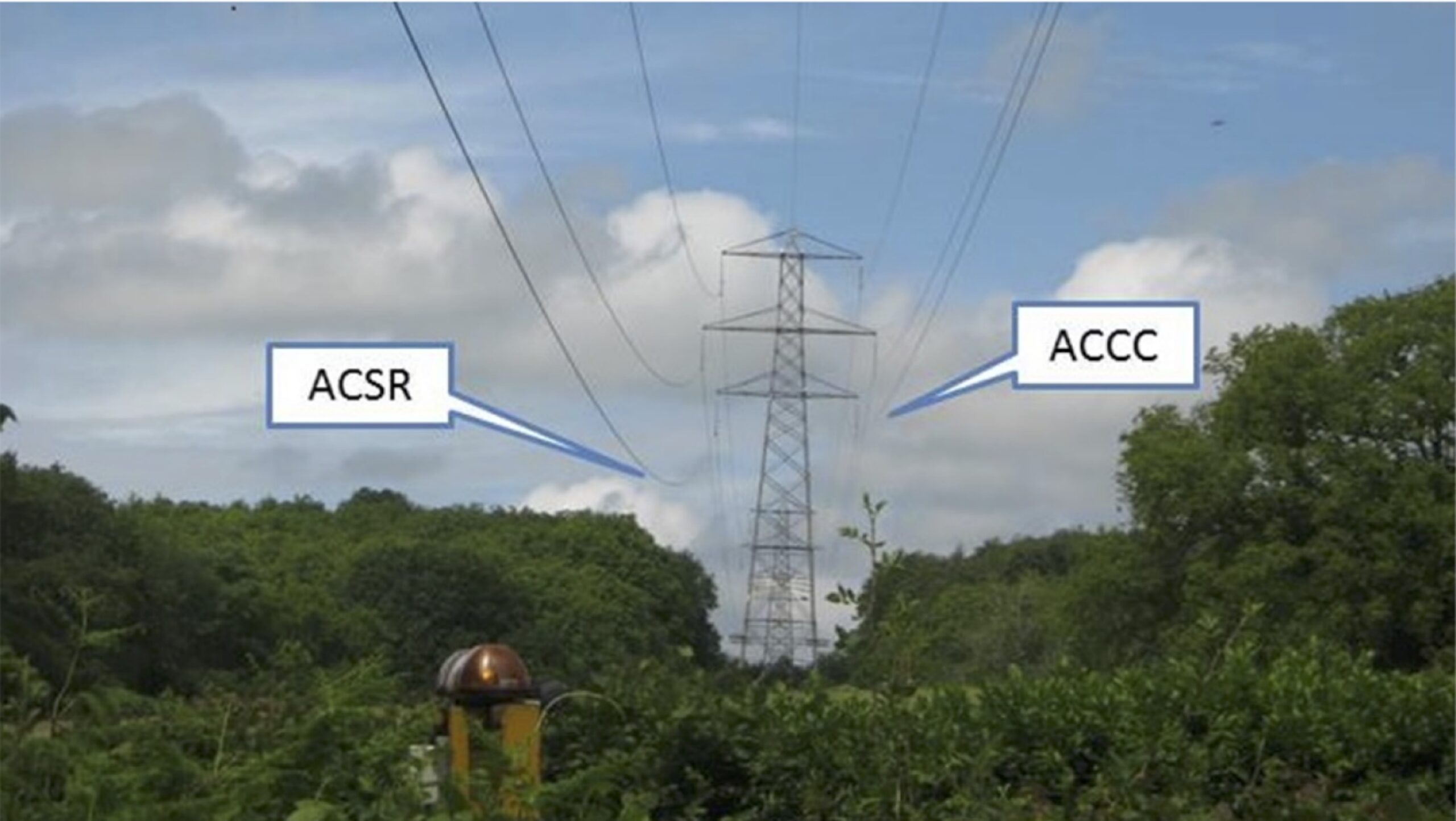Overview
As we dive deeper into the digital age, data centers are popping up everywhere, becoming the backbone of our online lives. But while these facilities are essential for everything from social media to online banking, their rapid growth is putting a serious strain on our aging power grid. With the skyrocketing demand for cloud computing, artificial intelligence, and streaming services, it’s clear that our energy infrastructure is feeling the pressure.
The Rising Demand for Energy
Let’s face it: data centers are power-hungry beasts. Operating around the clock, they keep our digital world running smoothly, but that comes at a cost. As more businesses and consumers go digital, the electricity these centers need is set to soar. This surge in demand can lead to spikes in energy use that put the grid on edge, increasing the risk of outages and disruptions.
Infrastructure Under Stress
The problem is, much of our power grid was designed decades ago and isn’t really up to the task anymore. Many regions are stuck with outdated transmission lines and substations that can’t handle the rising demands. As data centers cluster in urban areas, the local grid gets overwhelmed, leading to congestion and instability. It’s a situation that raises some serious questions about how reliable our power delivery really is.
Environmental Concerns
On top of all this, we need to consider the environmental impact. If renewable energy sources can’t keep up with the increasing demand, there’s a real risk that we’ll have to rely more on fossil fuels, which isn’t great for our planet. The challenge isn’t just about finding enough power; it’s about doing it sustainably.
The Promise of Advanced Conductors
Amid these challenges, advanced conductors are stepping in as a potential solution. Technologies like high-temperature superconductors and innovative alloys could change the game when it comes to electricity transmission. One particularly exciting option is CTC Global’s ACCC® Conductor.
ACCC® Conductor: A Game Changer for the Power Grid
So, what makes the ACCC Conductor such a big deal? Here are a few key points:
- Improved Efficiency: ACCC Conductors use a lightweight, high-strength composite core that allows them to carry about 30% more conductive aluminum without adding weight. This means less energy is wasted, and more power gets delivered where it’s needed. Plus, they’re thermally stability, which helps prevent conductor sag which allows for greater capacity without the need for taller structures.
- Enhanced Reliability: These conductors are not just efficient; they’re also durable and corrosion-resistant, which boosts the overall reliability of the grid. They make it easier to incorporate renewable energy sources, helping to reduce our dependence on fossil fuels. Improved clearances to vegetation and underbuilt structures also reduce the risk of sag-trip outages and wildfires.
- Smart Grid Compatibility: When paired with smart grid technologies, ACCC Conductors enable real-time monitoring and better management of energy supply and demand. This adaptability can help keep the grid resilient and responsive to changing energy needs.
A Sustainable Future
The explosion of data centers presents a complex challenge for the U.S. power grid, but advanced conductors like CTC Global’s ACCC Conductor provide a hopeful pathway forward. As we lean more into our digital lives, investing in innovative infrastructure will be key. By improving the capacity, efficiency, and sustainability of our power grid, we can ensure it remains robust enough to handle the demands of tomorrow.
Final Thoughts
As we move toward a new energy future, we need to embrace technologies like ACCC Conductors. They hold the potential to reshape our approach to power transmission, helping us meet the needs of an increasingly connected world. By prioritizing innovation and investing in our energy infrastructure, we can ensure that our power grid is ready for whatever the future holds.





